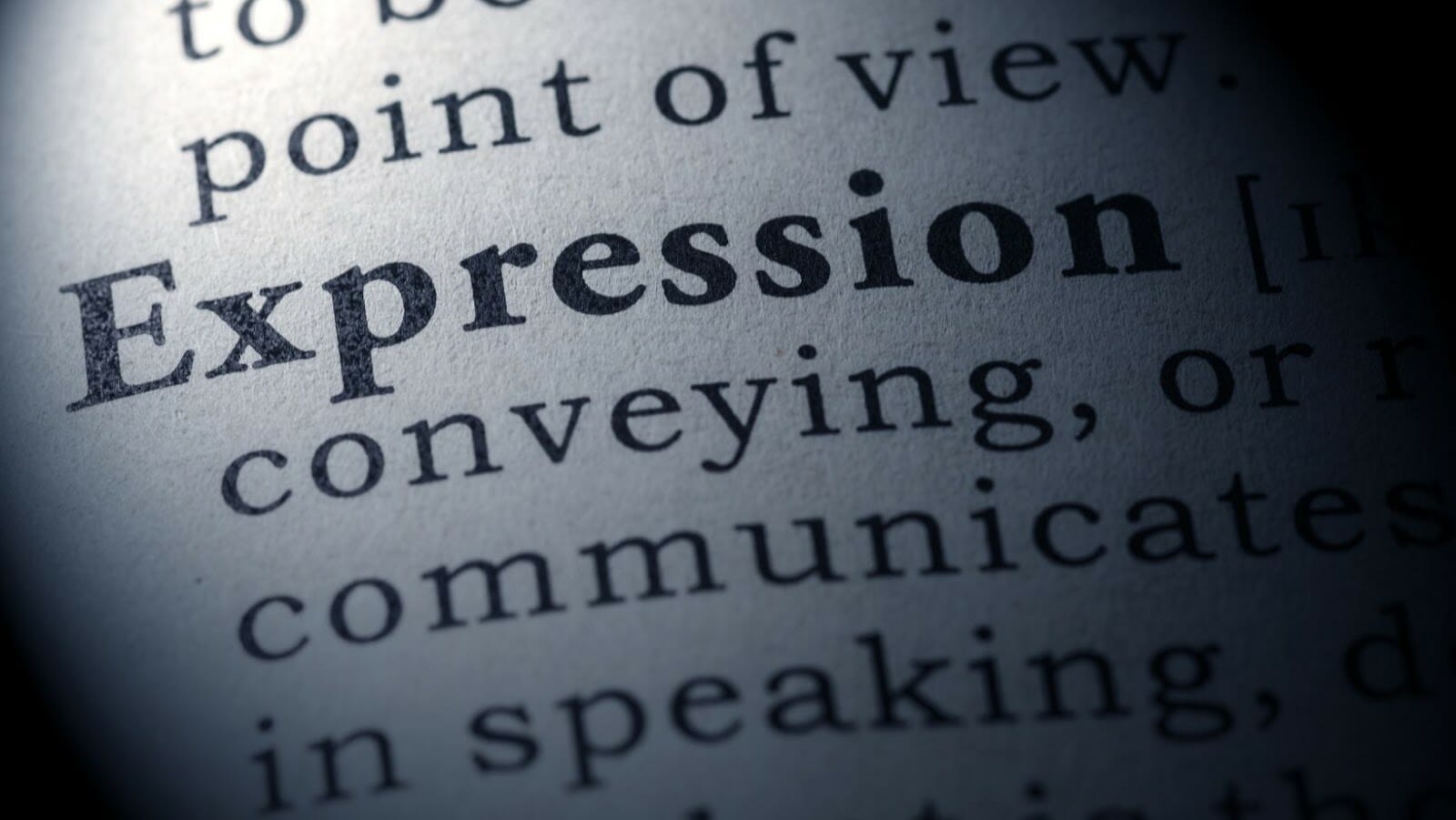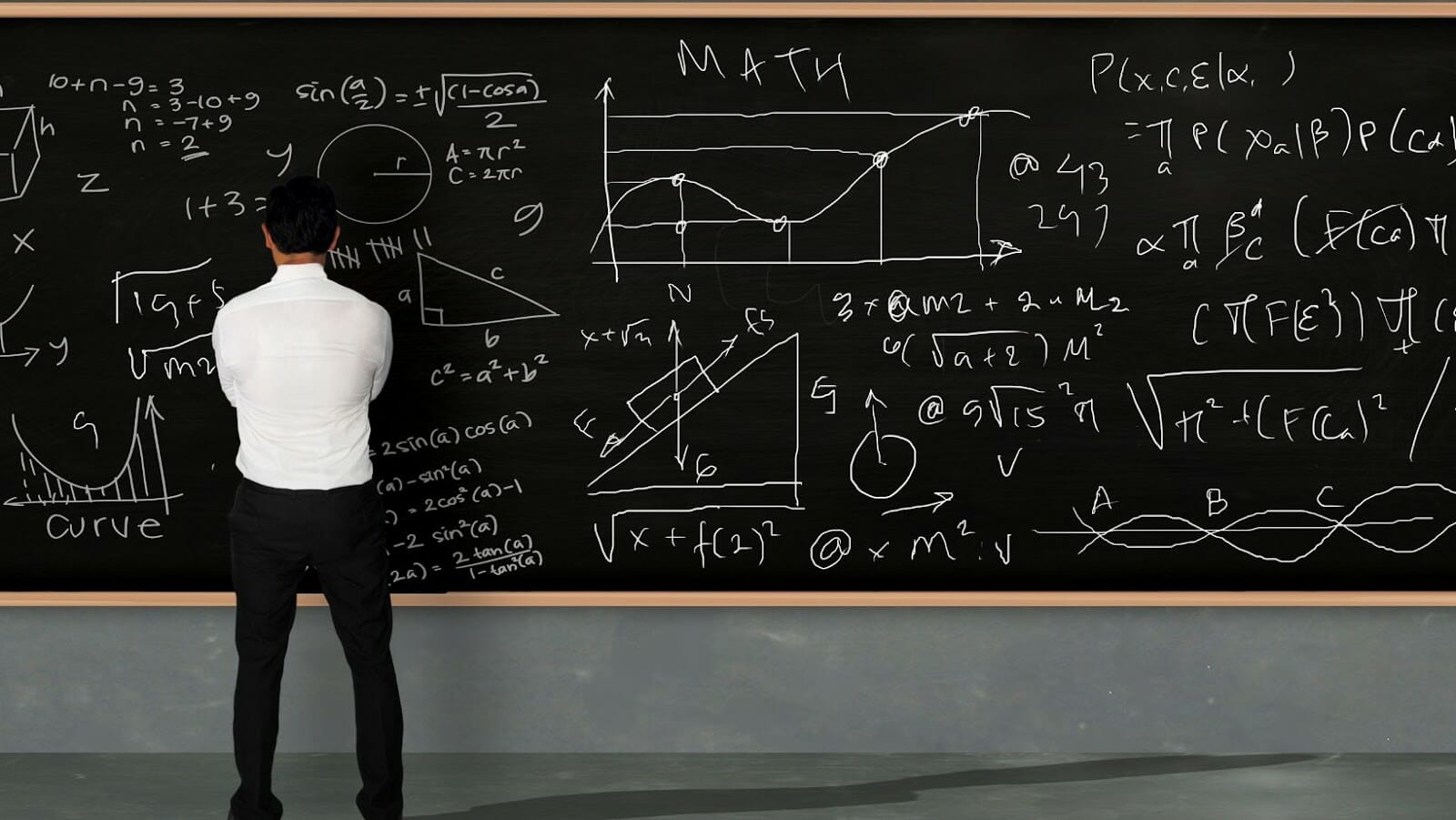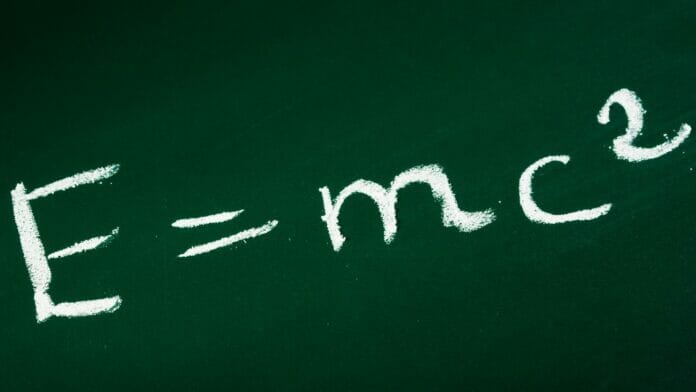When using equivalent expressions in mathematics, it’s essential to keep a few things in mind to avoid mistakes and ensure accurate solutions.
Here are some important considerations to remember:
- Understand the concept of equivalence: Equivalent expressions have different forms, but they represent the same value. For instance, 2x and x + x are equivalent expressions since both represent the same value of 2 multiplied by x.
- Use parentheses: Parentheses help in clarifying the order of operations when working with equivalent expressions. Taking the example above, the expression 2x + 3 is different from 2(x + 3) since the latter has a different order of operations based on the parentheses.
- Simplify before substituting: Equivalent expressions can help simplify complex equations; however, it’s essential to simplify before substituting to avoid mistakes.
By keeping these tips in mind, you can confidently solve problems with equivalent expressions and ensure accurate solutions.
Understanding Equivalent Expressions
An equivalent expression is a mathematical expression that is equal in value to another expression. Understanding equivalent expressions is an important skill for students to learn in order to solve mathematical equations. In this article, we will discuss some of the things that you should keep in mind when using equivalent expressions.
We will also provide examples using the expressions mc014-1.jpg, mc014-2.jpg, mc014-3.jpg, mc014-4.jpg, and mc014-5.jpg.
Definition of Equivalent Expressions
Equivalent expressions are two or more mathematical expressions that have the same value, regardless of the value of the variable. Understanding equivalent expressions is important in simplifying complex expressions and solving algebraic equations.
Some things to keep in mind when using equivalent expressions are:
| 1. | The order of operations must be followed when simplifying expressions. |
| 2. | Common factors can be factored out of an expression to simplify it. |
| 3. | Expressions can be combined using the distributive property to create equivalent expressions. |
| 4. | Like terms can be combined to simplify expressions. |
By using equivalent expressions, mathematical calculations can be simplified and made more manageable.
Examples of Equivalent Expressions
Equivalent expressions are different ways to write the same mathematical equation. This can be useful in simplifying complex equations or in checking the accuracy of solutions.
Here are some examples of equivalent expressions:
| 2 + 3 and 5 |
| 5 – 2 and 3 |
| 2 x 3 and 6 |
| 6 ÷ 3 and 2 |
| x + 4 – 2 and x + 2 |
| 3x – 2 and x(3 – 2) |
When using equivalent expressions, it’s important to remember that addition and subtraction can be grouped together, as can multiplication and division. Additionally, parentheses can be used to clarify the order of operations.
Pro Tip: Knowing equivalent expressions can make solving complex equations and checking solutions much easier. Keeping in mind the order of operations and when parentheses are necessary is also important to avoid errors.
Importance of Knowing Equivalent Expressions in Mathematics
Equivalent expressions are essential in math, as they allow us to manipulate and simplify complex equations. Knowing equivalent expressions gives us the ability to transform an expression into another that looks different yet conveys the same value.
Here are some essential things to keep in mind when using equivalent expressions:
| 1. Equivalent expressions can be created by applying properties such as the commutative, associative, and distributive properties of operations. |
| 2. Be cautious when using equivalent expressions as their components may have different meanings in different contexts. It is crucial to make sure that the expressions convey the same value under the given conditions. |
| 3. Equivalent expressions can be used to solve complex equations more efficiently by transforming the given equation into a simpler, equivalent form. |
In conclusion, knowing equivalent expressions is crucial in mathematics, as it simplifies complex problems and enables us to manipulate expressions more efficiently.
Common Mistakes to Avoid When Using Equivalent Expressions
When using equivalent expressions, it is important to be careful since mistakes can have a big impact on the outcome of your calculations. It can be easy to mix up which expression is equivalent to which. In this article, we will look at the five most common mistakes that people make when using equivalent expressions.
| mc014-1.jpg | mc014-2.jpg | mc014-3.jpg | mc014-4.jpg | mc014-5.jpg |
We will consider mc014-1.jpg, mc014-2.jpg, mc014-3.jpg, mc014-4.jpg, and mc014-5.jpg as examples.

Forgetting to Simplify Fractions
Simplifying fractions is an essential part of using equivalent expressions, and forgetting to do so can lead to incorrect and confusing results.
Here are some tips to help you simplify fractions correctly:
| Find the greatest common factor (GCF) of the numerator and denominator |
| Divide both the numerator and denominator by the GCF to get the simplest form of the fraction |
| Always simplify fractions before using them in equivalent expressions to ensure accuracy. |
| Additionally, be mindful of negative signs and parentheses, and simplify expressions in the correct order using the rules of operations. |
By keeping these tips in mind, you can avoid common mistakes and use equivalent expressions effectively to solve equations and simplify complex problems.
Not Factoring in Algebraic Expressions
One of the most common mistakes made when using equivalent expressions is not factoring in algebraic expressions. This can lead to errors and incorrect results. When using equivalent expressions, it’s important to keep the following things in mind:
| – Always check to see if there are factors that can be simplified or combined. |
| – Remember to distribute any coefficients across the expression. |
| – Watch out for negative signs and make sure they are distributed correctly. |
| – Be sure to follow the order of operations (PEMDAS) when simplifying the expression. |
By keeping these tips in mind, you can avoid common mistakes and simplify algebraic expressions with confidence.
Pro Tip: Practise using a variety of expressions until you feel comfortable with the process.
Overcomplicating the Problem
When using equivalent expressions, one of the most common mistakes to avoid is overcomplicating the problem. Sometimes, we tend to make the problem more complex than it actually is, which leads to confusion and errors.
Here are a few things to keep in mind when using equivalent expressions:
| 1. | Simplify the problem before applying any operations or rules. |
| 2. | Break down the problem into smaller parts to make it easier to solve. |
| 3. | Use the properties of equivalent expressions, such as the commutative, associative, and distributive properties, to simplify the problem. |
| 4. | Check your work at every step to make sure you haven’t made any mistakes or introduced unnecessary complexity. |
By following these tips, you can simplify the problem and avoid overcomplicating it, making it easier to find the correct solution.
Pro Tip: When in doubt, take a step back and examine the problem from a different perspective. This can help you identify any unnecessary complexity and find a simpler solution.
Strategies for Finding Equivalent Expressions
When using equivalent expressions, it’s important to remember that an expression is equivalent to another if it produces the same value when it is evaluated. In order to quickly decide if two expressions are equivalent, it is important to compare the expressions’ respective terms, coefficients and variables among other details.
This article will provide some strategies for finding equivalent expressions using the expressions present in mc014-1.jpg, mc014-2.jpg, mc014-3.jpg, mc014-4.jpg and mc014-5.jpg.
Rearranging Terms
When searching for equivalent expressions, it’s important to keep in mind a few strategies to help make the process more manageable.
Some things to keep in mind are:
| 1. Understanding the properties of mathematics, such as the distributive property and the associative property, can make finding equivalent expressions easier. |
| 2. Experimenting with different operations, such as simplifying and expanding, can help you find new expressions that are equivalent to the original one. |
| 3. Paying close attention to the signs and coefficients in an expression can reveal patterns that lead to equivalent expressions. |
| 4. Simplifying complex expressions into smaller parts can help you identify relationships between terms and better understand how they can be rearranged. |
By keeping these strategies in mind and practising regularly, you can become more comfortable with finding equivalent expressions and become a better problem solver in mathematics.
Distributing and Factoring
When it comes to distributing and factoring in algebra, there are different strategies for finding equivalent expressions that can simplify equations and make them easier to solve. However, it’s essential to keep in mind some things when using an equivalent expression.
Here are some tips to consider:
| – Be careful when distributing negative signs in equations to avoid errors. |
| – Use the distributive property to simplify expressions with parentheses. |
| – When factoring, look for common factors in the terms of the expression. |
| – Use the quadratic formula to solve equations with squared variables. |
| – Check your work by substituting your solutions back into the original equation to ensure they are correct. |
With these strategies in mind, you can solve complex equations with ease and confidence.
Substituting Values
Substituting values is a popular strategy for finding equivalent expressions. To use this method, you replace variables or constants in a given expression with their corresponding values to simplify or evaluate the expression.
Here are a few things to keep in mind when using this technique:
| 1. | Use parentheses to clearly indicate what values need to be substituted. |
| 2. | Make sure to use the correct values that correspond to each variable or constant. |
| 3. | Work one step at a time to avoid making errors and to keep track of your calculations. |
| 4. | Simplify the expression as much as possible before substituting values to avoid making common mistakes. |
Pro Tip: Substituting values is especially useful when evaluating expressions for specific inputs or testing different scenarios. By replacing variables with actual values, you can quickly see the impact of the variables on the expression.

Which Expression is Equivalent to mc014-1.jpg? mc014-2.jpg mc014-3.jpg mc014-4.jpg mc014-5.jpg
Solving equivalent expressions is all about recognizing patterns. In this exercise, we are going to look at five different expressions: mc014-1.jpg, mc014-2.jpg, mc014-3.jpg, mc014-4.jpg, and mc014-5.jpg. In order to find out which expression is equivalent to these five, we have to look closely at each statement and identify any similarities. Let’s give it a try.
Using Mc014-1.jpg to Identify Equivalent Expressions
When using Mc014-1.jpg to identify equivalent expressions, there are a few things to keep in mind to ensure accuracy and minimise errors. Here are some tips to remember:
| 1. Order of Operations: | When simplifying expressions, follow the order of operations (PEMDAS) to ensure the correct sequence of calculations. |
| 2. Combining Like Terms: | Combine any like terms (terms with the same variables and exponents) to simplify the expression. |
| 3. Distribution Property: | Use the distributive property to simplify expressions by multiplying a single term over a sum or difference of terms. |
| 4. Watch for Tricky Signs: | Be careful when working with negative signs, subtraction signs, and parentheses – they can easily trip you up! |
| 5. Check Your Answer: | Be sure to double-check your work and confirm that your final expression is equivalent to the starting expression. |
By keeping these points in mind, you can confidently use Mc014-1.jpg to identify equivalent expressions and solve practice questions with ease.
Using Mc014-2.jpg to Identify Equivalent Expressions
When using Mc014-2.jpg to identify equivalent expressions, there are a few things to keep in mind to make the process easier.
First, focus on the form of the expressions. Are they written in the same order of operations? Do they contain the same variables and constants? This will help you eliminate obviously incorrect options.
Next, consider whether you can simplify any of the expressions by combining like terms, using distributive property, or factoring. Simplifying the expressions can help you recognize equivalent forms.
Another useful technique is to substitute known values for variables in the expressions and compare the results. If expressions give the same numerical value for all possible values of the variables, they are likely equivalent.
Finally, remember that equivalent expressions have the same value but may look different. They can differ in the order of terms, use of parentheses, or use of negative exponents.
Keeping these tips in mind will make the process of identifying equivalent expressions using Mc014-2.jpg easier and more effective.
Using Mc014-3.jpg to Identify Equivalent Expressions
When using Mc014-3.jpg to identify equivalent expressions, it is essential to keep some things in mind to simplify the process of identifying different expressions that may look different but mean the same thing. The following are the key things to keep in mind when using equivalent expressions:
| The order of terms within expressions and the commutative property can be used to simplify equivalent expressions. |
| When adding or subtracting terms, use the associative property to group terms together for easier comparison. |
| When multiplying or dividing terms, use the distributive property to simplify and compare expressions. |
| Look for the square of binomials, and simplify them accordingly. |
| Finally, observe if the expressions share a common factor or if either or both can be simplified before comparing. |
Keeping these factors in mind when working with equivalent expressions can help to ensure accurate identification and comparison of the expressions.
Pro tip: Practise using different expressions to identify equivalent ones and ensure mastery of the process!
Using Mc014-4.jpg to Identify Equivalent Expressions
When using Mc014-4.jpg to identify equivalent expressions, it’s essential to keep a few things in mind to avoid making mistakes and arriving at the correct answer.
| Here are some useful tips: |
| First, remember that equivalent expressions have the same value, even though they might look different. |
| Look for patterns such as factoring or distributing terms, using the commutative or associative properties, or adding or subtracting like terms. |
| Simplify both expressions as much as possible before comparing them. |
| Be mindful of negative signs and parentheses that might change the order of operations. |
| Practice, practice, practice! The more you practise identifying equivalent expressions, the easier it will become to recognize patterns and arrive at the correct answer. |
| Using Mc014-4.jpg as a visual aid can also help you become more comfortable with identifying equivalent expressions. |

Using Mc014-5.jpg to Identify Equivalent Expressions
When using Mc014-5.jpg to identify equivalent expressions, there are a few things to keep in mind to ensure accuracy and efficiency in your problem-solving process.
First and foremost, it’s important to remember that expressions are equivalent when they have the same value for all values of the variables. So, even if the expressions look different, they can still be equivalent if they simplify to the same result.
Another key point is the order of operations. Make sure to follow the correct sequence of operations and simplify each expression fully before comparing them.
Lastly, be on the lookout for common terms and factors in the expressions that can be combined or factored out to simplify the expressions even further.
Keeping these tips in mind will help you accurately and efficiently identify equivalent expressions using Mc014-5.jpg or other tools.


